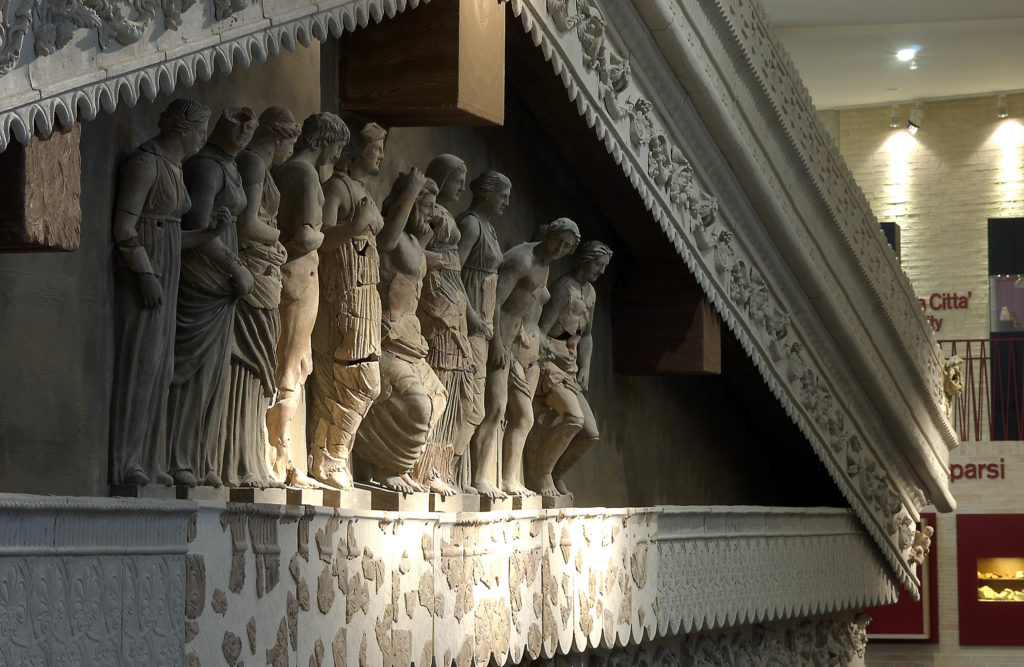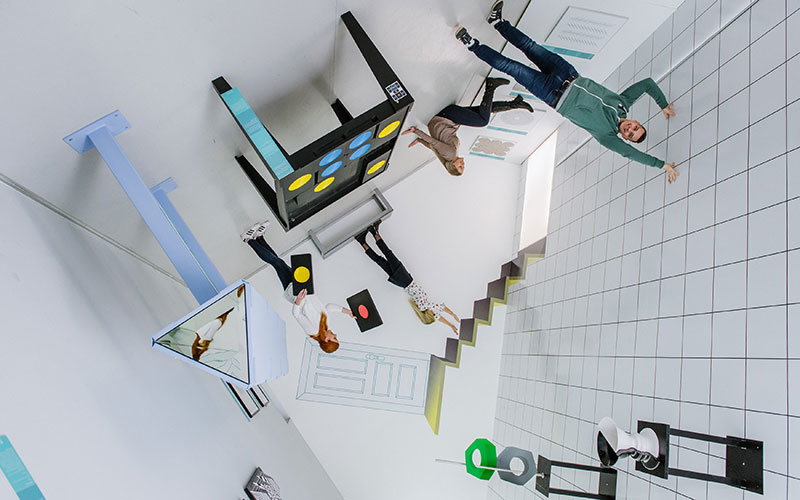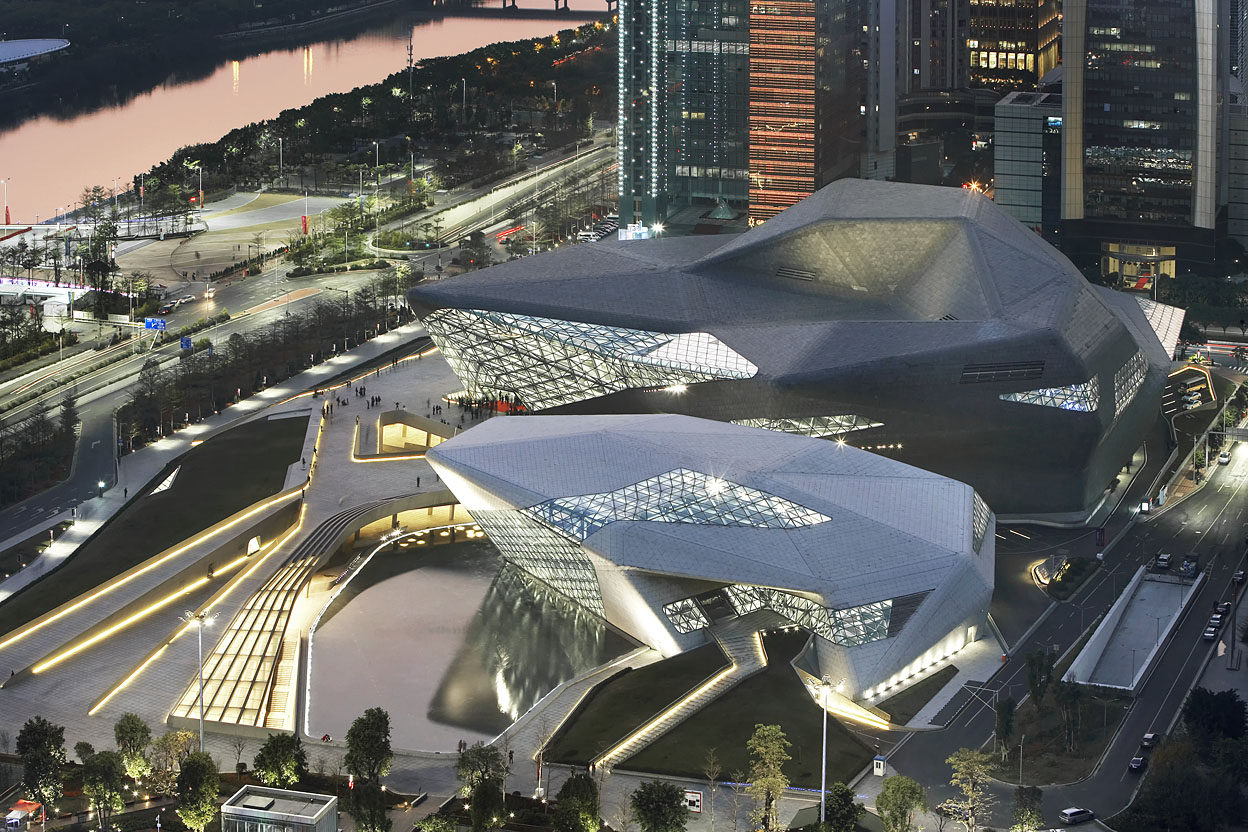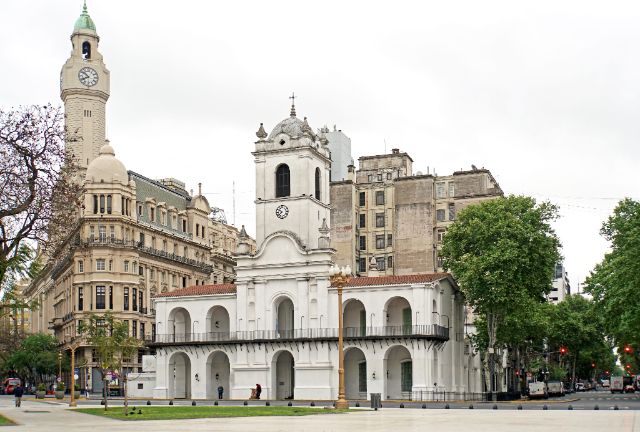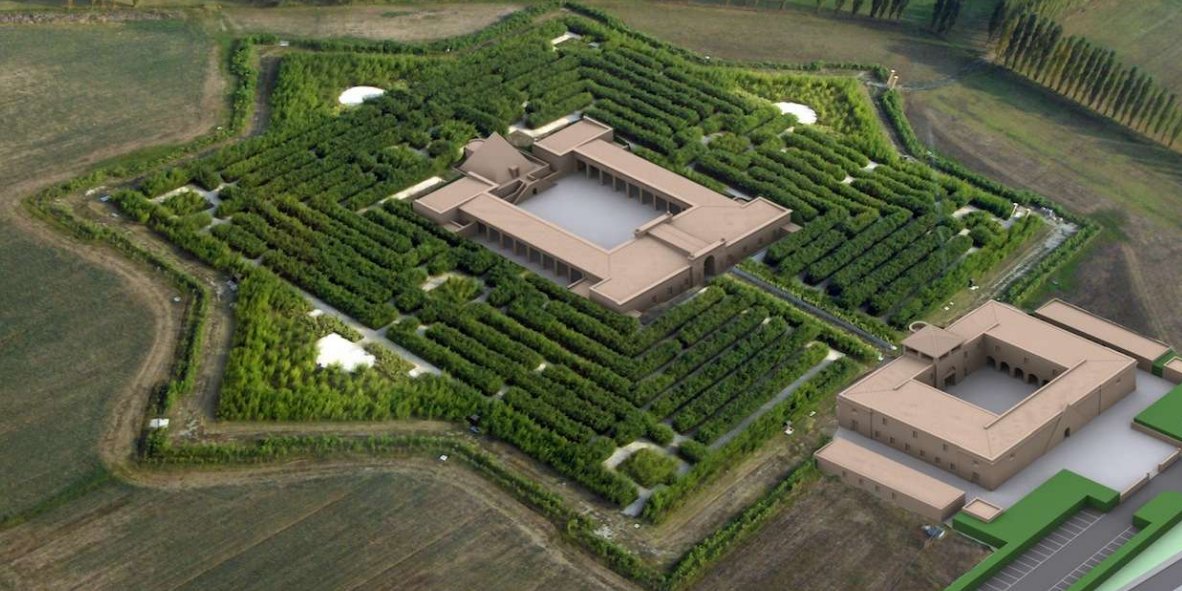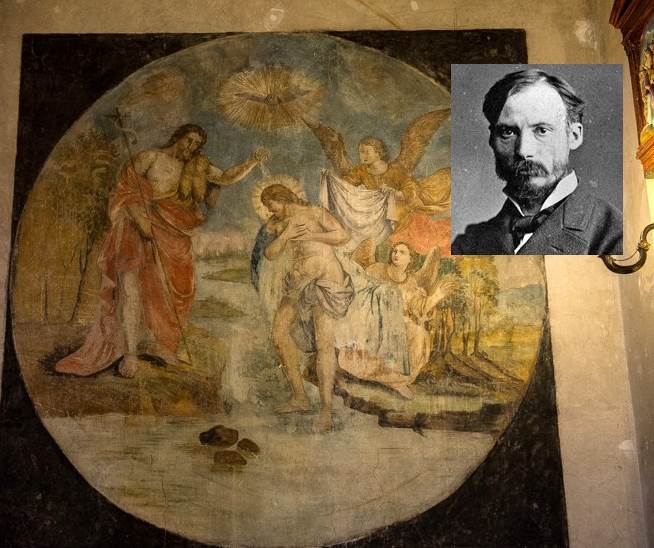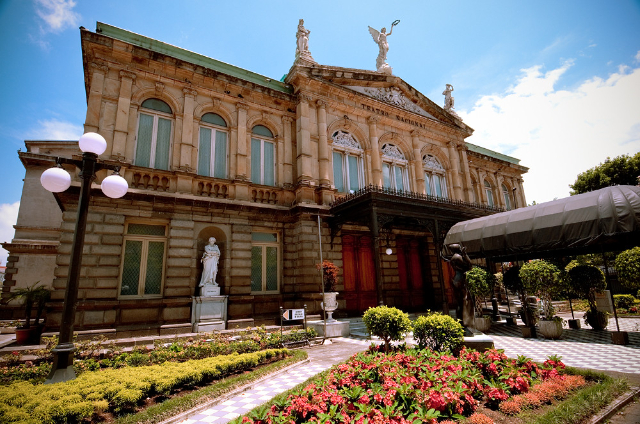It stands on the top of the acropolis of Chieti, the highest part of the city, from which you can see the northern slopes of the Majella massif soaring.
The area was levelled in the mid-19th century to create a parade ground, later converted into a sports ground. During the last two decades of the 20th century it was the subject of excavations and this long search brought to light the remains of a sanctuary (2nd century BC) – which included three temples – and the lower part of the amphitheatre (1st century AD).
The museum building, designed by the Abruzzese architect Ettore de Lellis, was inaugurated on 18 November 2000 with the aim of allowing the proper protection, enhancement and use of the temples, the amphitheatre and the finds recovered during the excavations of the latter, as well as the artifacts from the collection of the scholar Vincenzo Zecca, from the Antiquarium Teatino and from the archaeological investigations of Chieti and the Marrucina area. The very wide chronological span covered goes from the Palaeolithic to 1800.
On the outside, the visitor finds a modern structure which, while exploiting vast spaces on several levels, has a deliberately non-monumental impact, in which a pleasant contamination between ancient and modern is perceived.
Inside, the visitor can choose between three different museum routes, called "The beginning of urban history", "From Rome to yesterday" and "The land of the Marrucini". The concise captions can be supplemented by additional information provided through QR codes.
In the first itinerary, finds from the 3rd-2nd centuries B.C. are on display, relating to the sacred area on the acropolis and the area in Piazza dei Templi Romani. Thanks to the reconstructions of the gables of the temples and their painted terracotta decorations, the visitor can immerse himself in the religious world of Roman Chieti and be moved by the traces of the original colours. The second itinerary tells the story of the city from the imperial age onwards; the artefacts from the theatre, the amphitheatre, the forum and the baths are given new life in evocative 1:1 scale reconstructions, enlivened by films, sounds and lights of great emotional impact. Finally, the last itinerary leads the visitor to discover the land of the Marrucini, a corridor along the Pescara valley, between the Gole di Popoli (PE) and the Adriatic Sea. The visitor can see artefacts in chipped stone dating back to around 400,000 years ago, ceramic artefacts dating back to the Neolithic period, votive objects offered to the gods, etc..
The journey virtually ends at the mouth of the Pescara, where a short film shows the opposite bank of the Adriatic with its most important archaeological remains.
